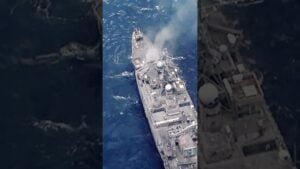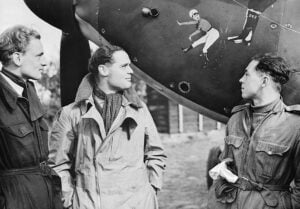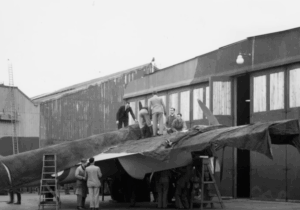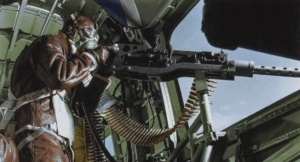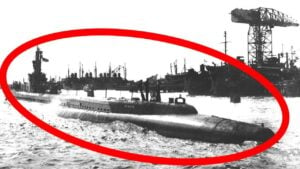Tragedy off Big Sur: Hawker Hunter Crashes into the Pacific
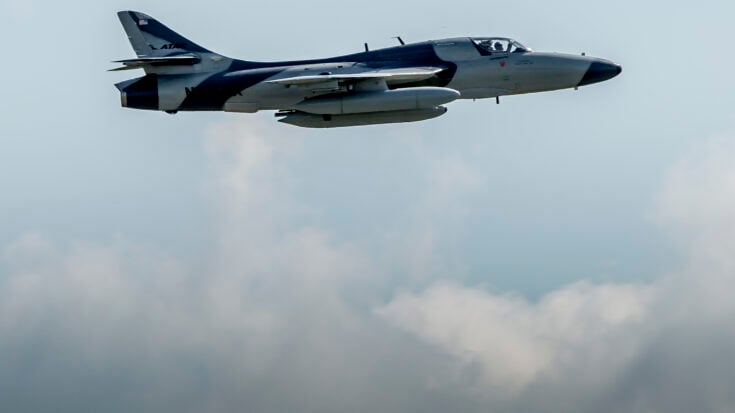
Image From Wikimedia CC
A Hawker Hunter jet operated by the Airborne Tactical Advantage Company (ATAC) crashed into the Pacific Ocean near Big Sur, California, on October 15, 2025. The pilot, flying under the callsign ATAC 12, ejected before impact and was rescued by a US Navy MH-60S Seahawk helicopter crew. He suffered serious spinal injuries and was flown to Stanford Medical Center for treatment.
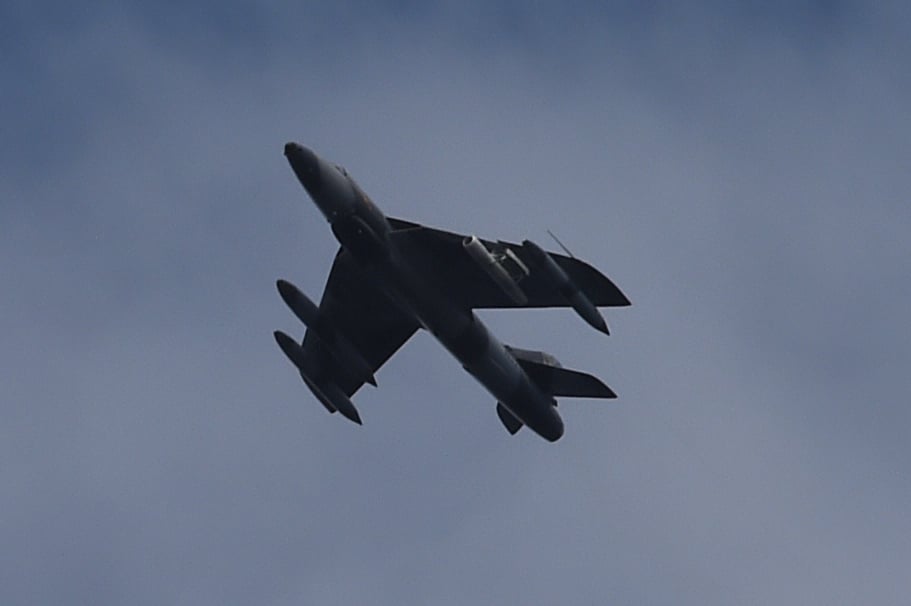
The aircraft had been flying in formation with another Hunter, ATAC 11, when it reportedly experienced an engine problem shortly after 11 a.m. local time. The second pilot circled the crash site, transmitted an emergency squawk code, and helped direct rescuers to the scene.
ATAC, founded in 1994 by Jeffrey Parker and Larry Payne, provides adversary training for the US military. Its civilian pilots—many of them former fighter aviators—fly vintage jets to simulate enemy aircraft in mock dogfights and radar intercept missions. Textron, parent company of Cessna and Bell, acquired ATAC in 2016 to expand its defense training operations.
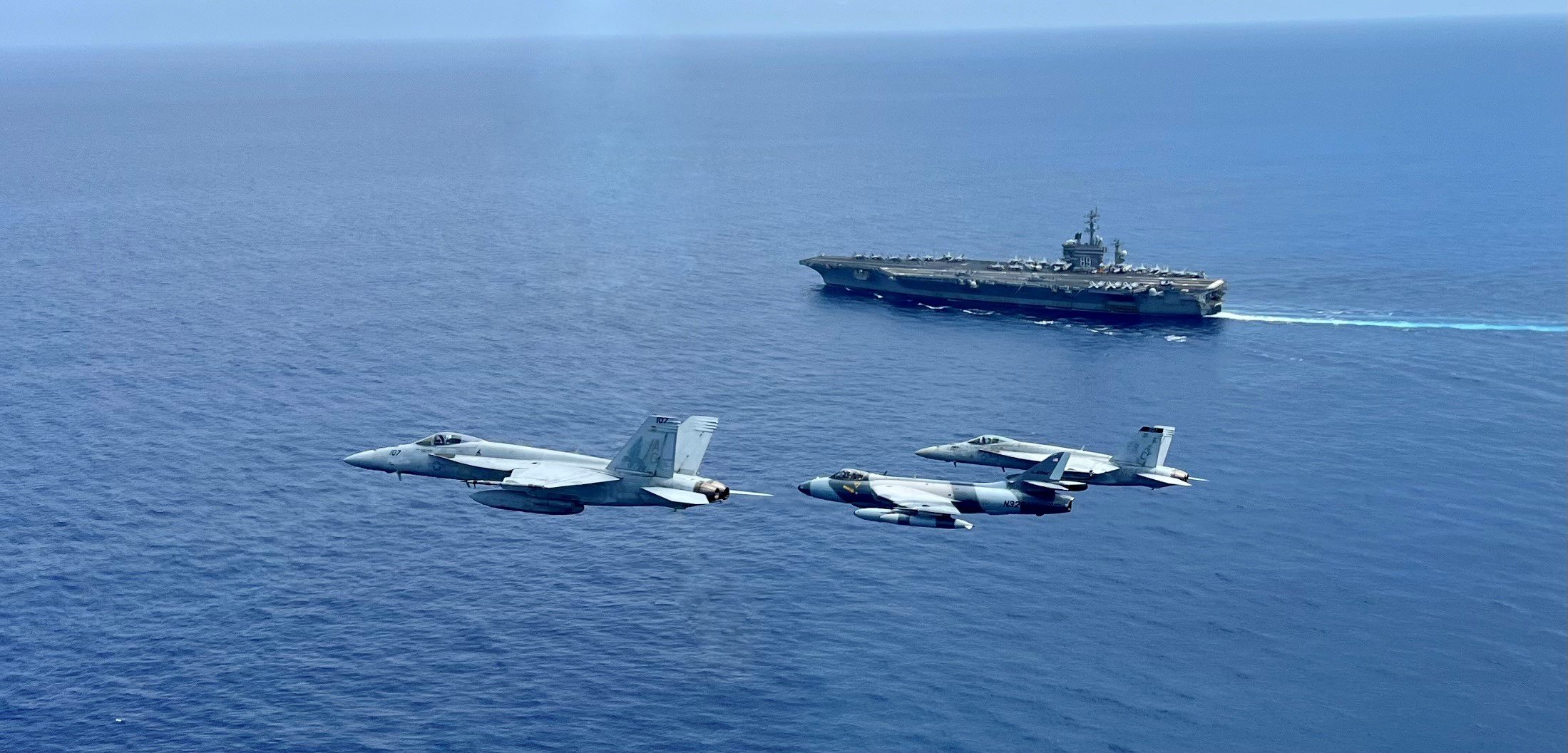
The company’s fleet includes upgraded Hawker Hunters, Mirage F1s, Kfirs, A-4 Skyhawks, and L-39 Albatros trainers. These jets play an essential role in preparing Navy, Marine, and Air Force pilots for real-world combat, though the work carries significant risk.
This is not the first accident involving ATAC’s Hunters. Several have been lost over the years, including a 2018 crash off Hawaii and another off North Carolina in 2022. Mechanical failure remains a likely cause in the Big Sur crash, but investigators are still examining the wreckage and flight data.
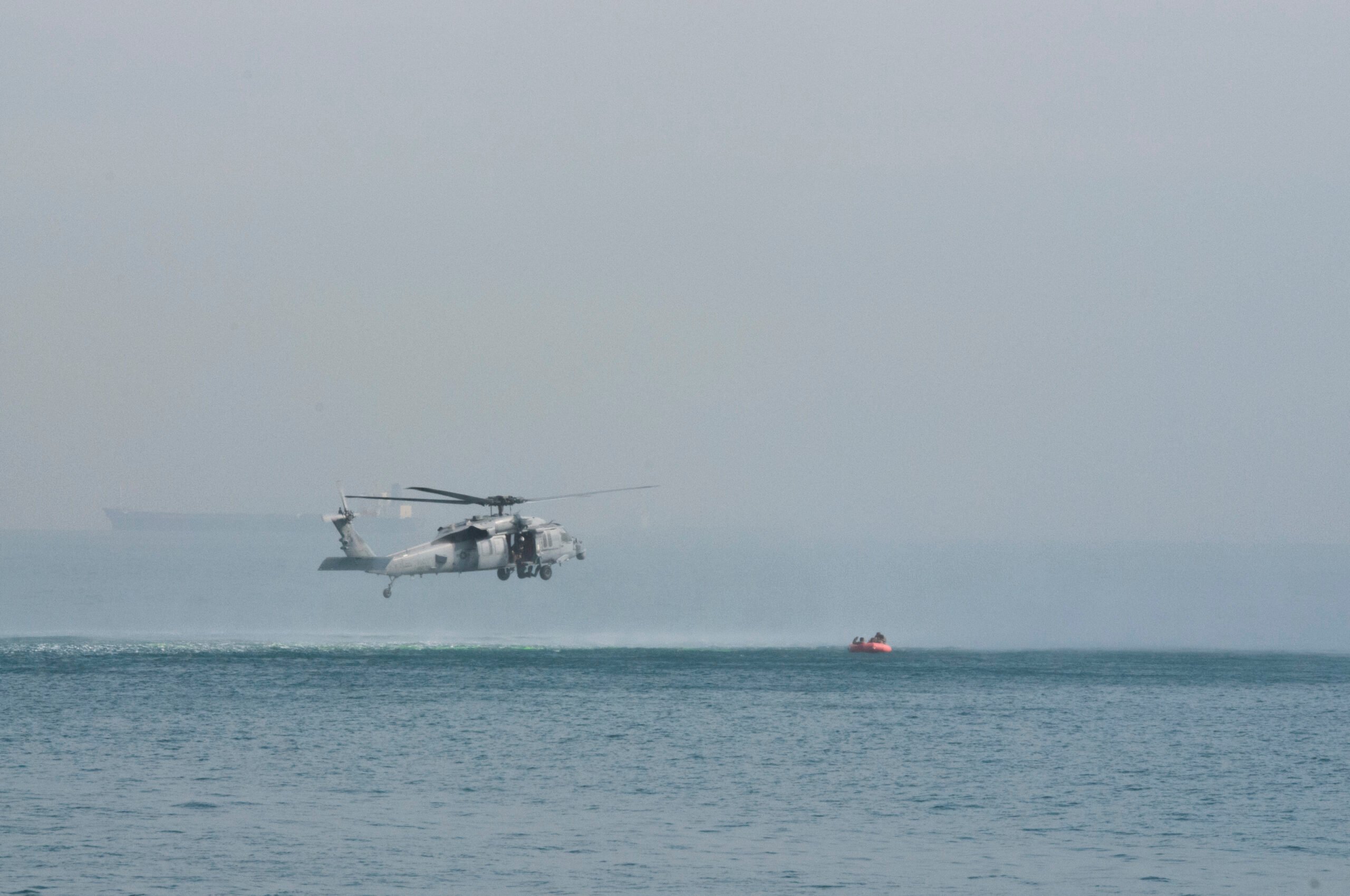
Despite the dangers, ATAC’s operations remain vital to US military readiness. The men and women flying these aging jets do so at the edge of performance, giving today’s fighter pilots a realistic taste of tomorrow’s battles.













